A guide to start cycling to work
Save money and get active on your commute
New Year, new you - and you’ve decided to switch up your commute and start cycling to work. It’s a great change: for your health, your finances and for the environment. If you’re new to commuting on two wheels, there are lots of resources out there to help make it go smoothly. As a company full of keen cyclists, here are our top tips to getting started with cycling to work.
Plan your route
The route you drive may not be the best to cycle. By using an app such as Cyclestreets to plot a good route, you can choose if you’d like your route to be more direct or on quieter streets.
If you’re a bit unsure of part of the route, Google Street View lets you virtually scope out tricky junctions so you are familiar with them when you get there in real life.
Some commutes are just too far to cycle, so investigate how to cycle part of your journey. This could be at the start, for example cycling to your nearest railway station. If the town or city you work in offers a bike share scheme, take advantage of it to do the last stint to the office.
A weekend test run when roads are quieter is a good confidence booster and will stop you getting stressed out about getting lost the first time you do it for real.

Stay warm, dry and comfortable
Although you don’t need a lot of specialist kit, having some key pieces of equipment will make your ride more comfortable, especially if your commute is on the longer side.
As well as your normal cycling gear, you’ll probably be carrying more than usual on your way into work. For clothes, laptops and other essentials you’ll need a rucksack that you can adjust to make sure it doesn’t move around too much.
If you have a lot to carry, a pannier rack might be more comfortable and will transfer weight to the bike instead of your back. You can even get pannier bags designed for carrying a suit, like this one from Two Wheel Gear.
Spending some time planning will help keep your bag weight to a minimum. If possible, keep a spare pair of dry shoes and socks at work. It’ll take the weight out of your bag and you won’t need to sit with soggy feet all day when the weather isn’t great.
For your hands, we love a pair of Loffi’s smiling gloves - spread some good vibes in the city while you ride. And if you don’t want that sinking feeling at 5pm when you discover your bike isn’t where you left it, you’ll need a quality lock to keep it secure during the day. If you need to carry the lock with you, try a HipLok which is specially designed for you to wear while riding.
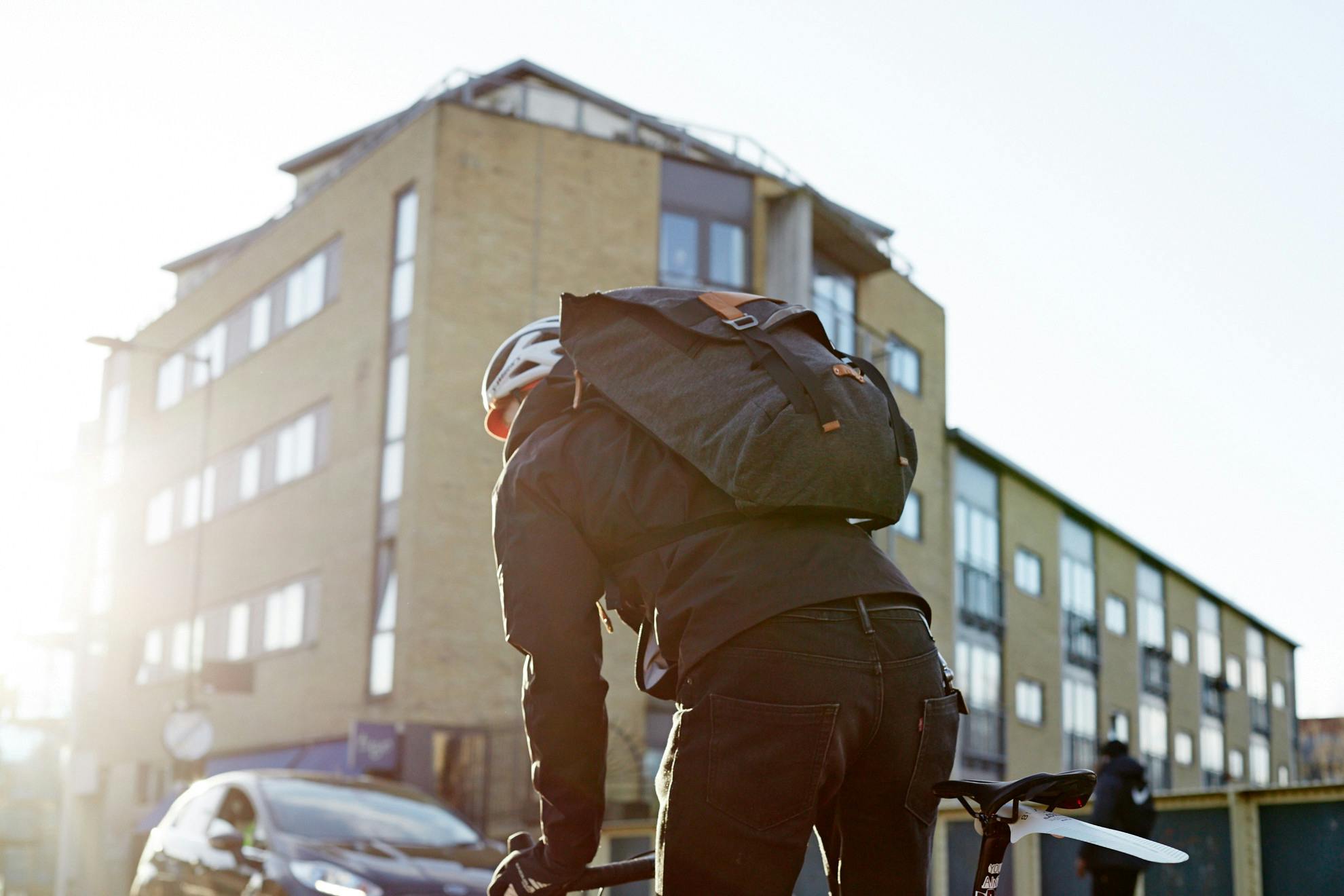
Light yourself up
You’ll need a good set of bike lights for both the front and back of your bike. The front light should be white while the back light must be red, the same as other vehicles on the road.
Get into the habit of charging lights at home in the evening or at work so you aren’t caught out if one fails. It’s a good idea to keep a backup light with you just in case. The Pixel is perfect for this, as it’s lightweight and can be either white or red depending where you need it.
Need some more guidance on buying bike lights? Find out more in our guide.
You can also make yourself visible by wearing reflective and high-vis clothing. Proviz jackets are made entirely of a highly reflective material so you can’t be missed - and this one even helps support the Bike Project when you purchase!
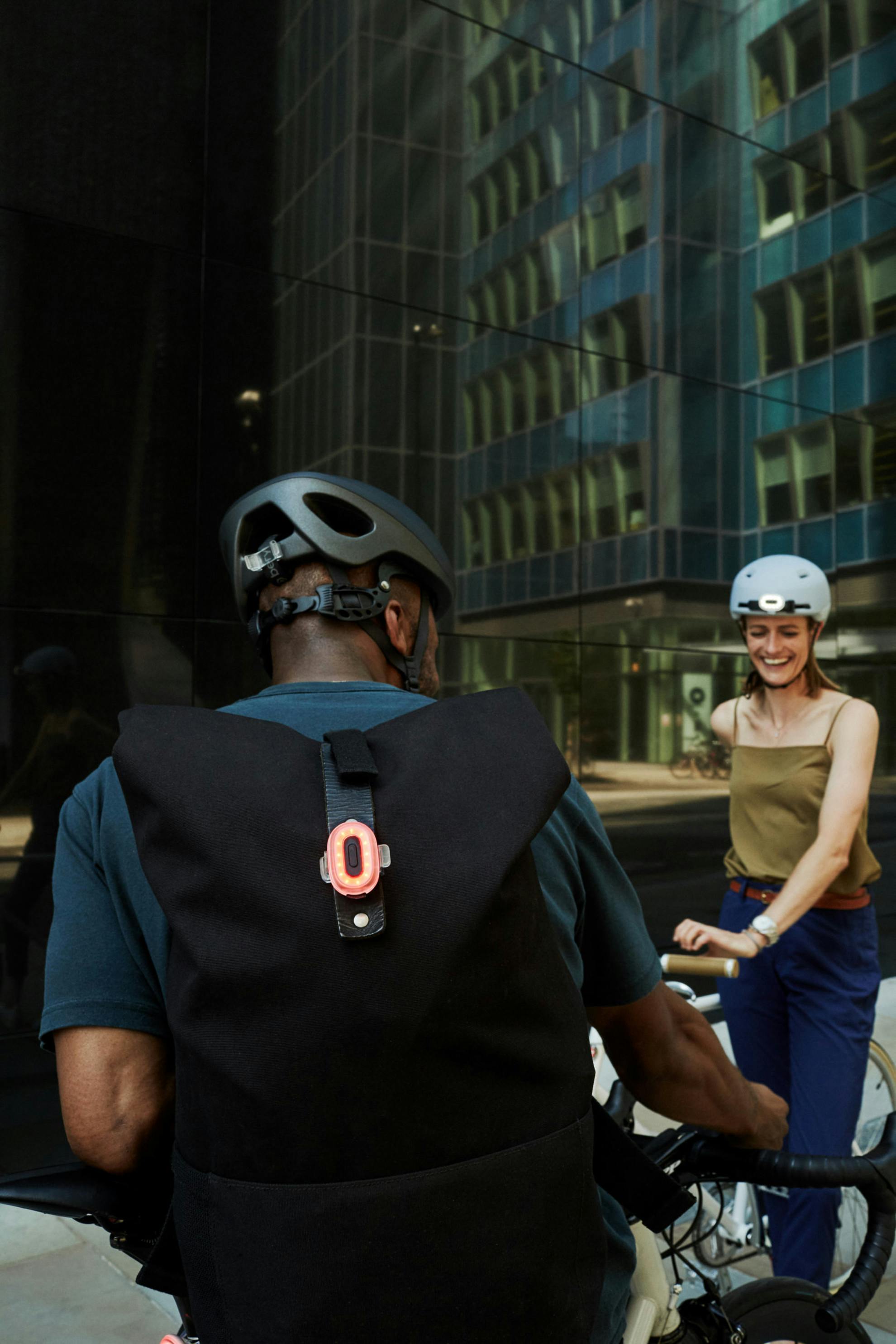
Take advantage of what is on offer
Many workplaces in the UK offer the Cycle to Work scheme, which gives you a tax-free benefit to buy a new bike which you’ll use for commuting and lets you spread the cost over a year. Don’t forget, you can also use the scheme to purchase any equipment and accessories necessary to be able to safely commute to work, such as helmet, lock and lights.
If you aren’t eligible for a scheme through your workplace, look for options from bike suppliers. Some companies, such as Temple Cycles, will let you spread the cost of a new bike over several months.
For residents of other countries, investigate what help you can get from your workplace or local authority to switch to cycling. Many towns and cities want to encourage active commuting because it takes cars off the road. You may be able to get help with the cost of equipment, or you may be eligible for free training to make you feel more confident riding on the roads.
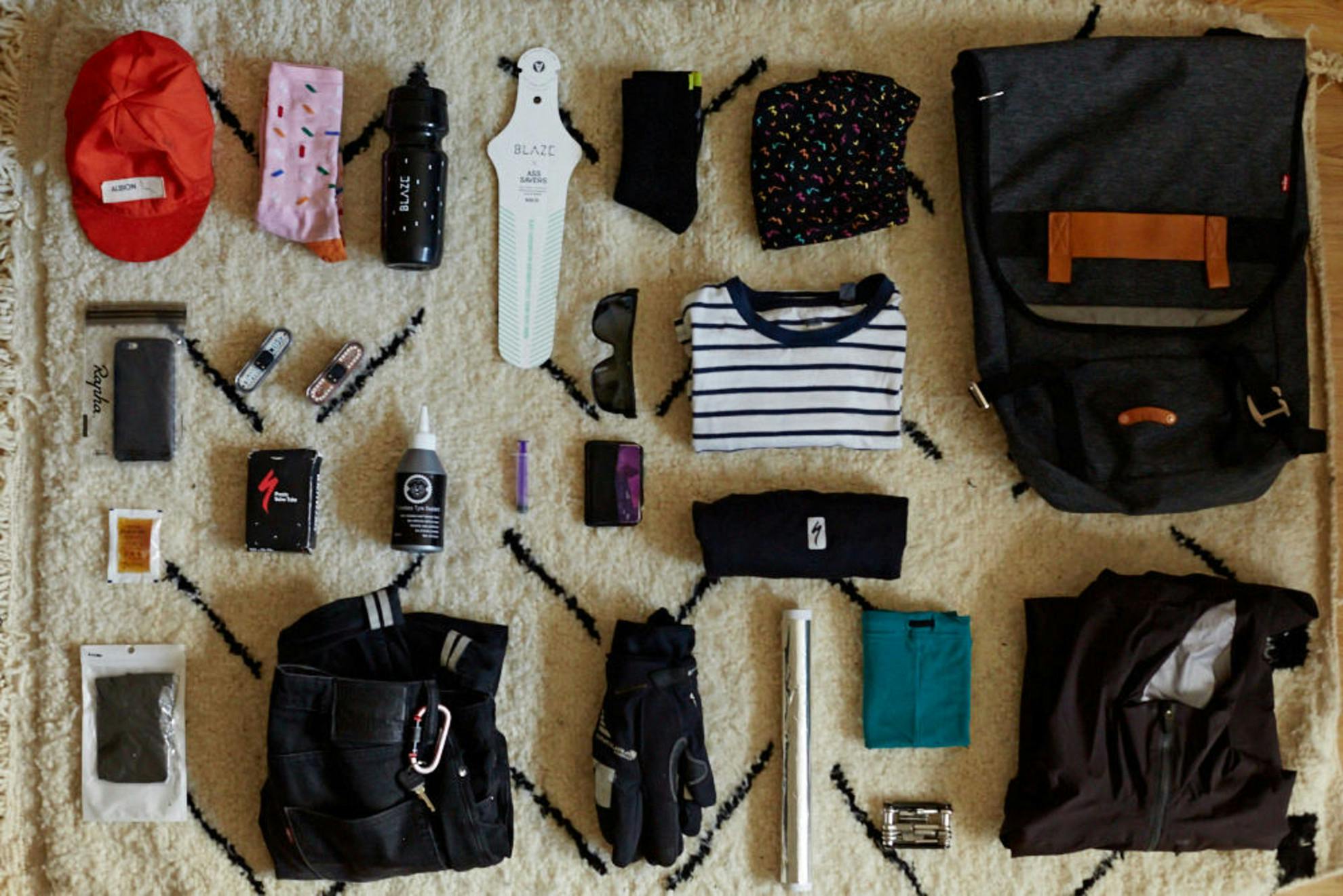
Start small
You’ve set yourself the challenge of cycling to work - well done! That doesn’t mean that you need to jump in and replace every journey with your bike straight away.
To start, choose just a couple of days a week to cycle while you get used to it. If going there in back in one day is too much, cycle to work one day then take public transport home. The next day, take the bus/train back to work and cycle home.
Plan in advance which days you’ll be cycling and make sure you have your bag packed the night before so you have no excuses in the morning!
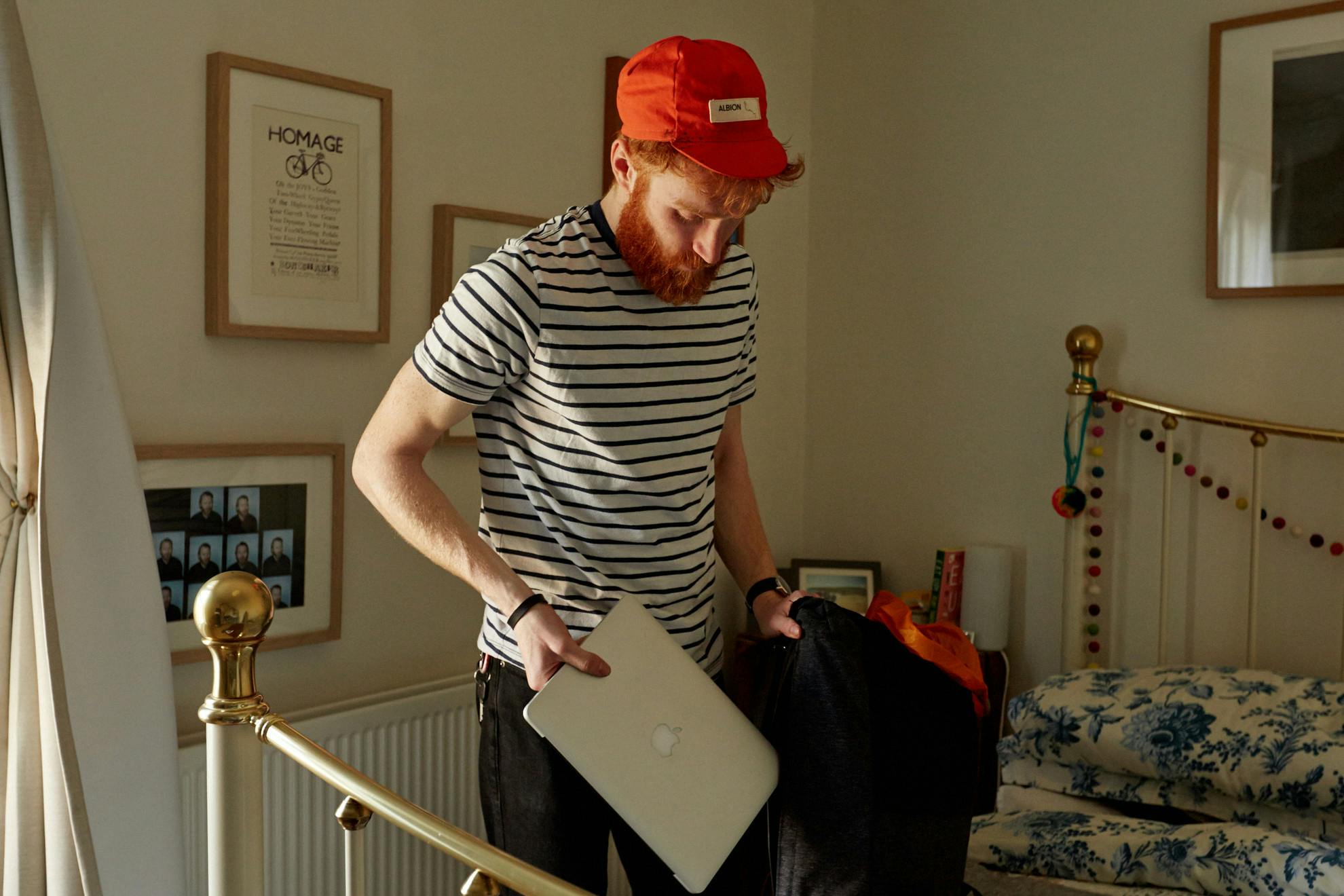
Go at your own pace
When you first start cycling it may seem like everyone is going faster than you, but there’s no need for your commute to be a race. If you have a strict schedule at work, give yourself plenty of extra time the first couple of times you ride so you don’t have to stress out about arriving late.
Once you’re comfortable with your route, you still don’t need to hurry. Take time to vary your route a little every day. You could include a detour to make sure you cross a park or explore new neighbourhoods.

Build confidence
One of the biggest barriers that people mention to cycling to work is not feeling confident cycling in traffic.
It’s a real fear so don’t be shy about asking for help. In the UK, most local authorities offer free or subsidised cycle training, from learning to ride a bike to courses designed to make you feel more confident about handling situations in traffic.
There are also a wealth of resources available online, like this guide from Cycling UK.
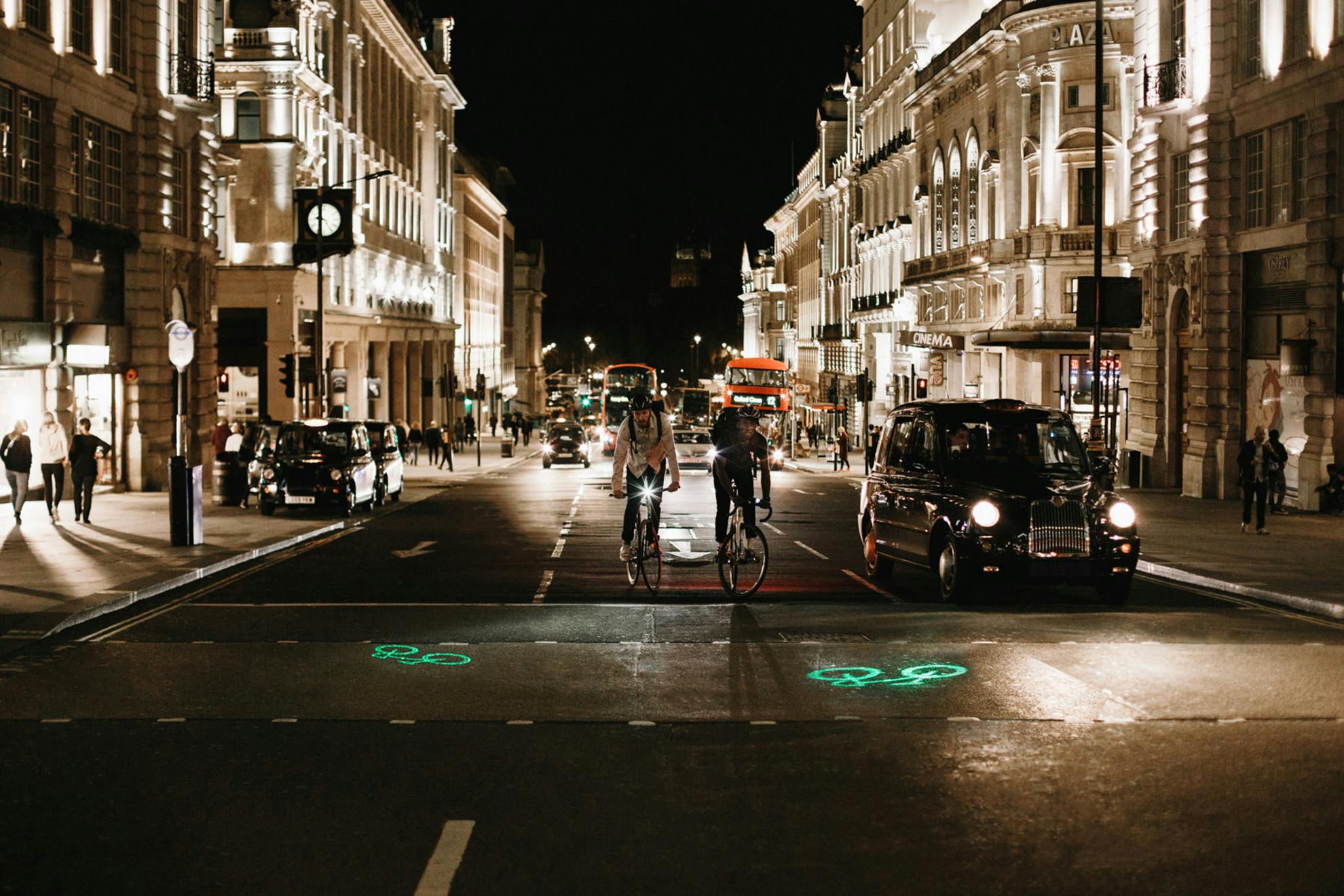
Here’s a rundown of our top tips to start cycling to work:
- Plan your route
- Stay warm, dry and comfortable
- Take advantage of cycle to work schemes
- Light yourself up
- Start small
- Go at your own pace
- Build confidence
Do you cycle to work? What would you suggest to someone thinking of it giving it go? Let us know on Twitter, Instagram or Facebook.